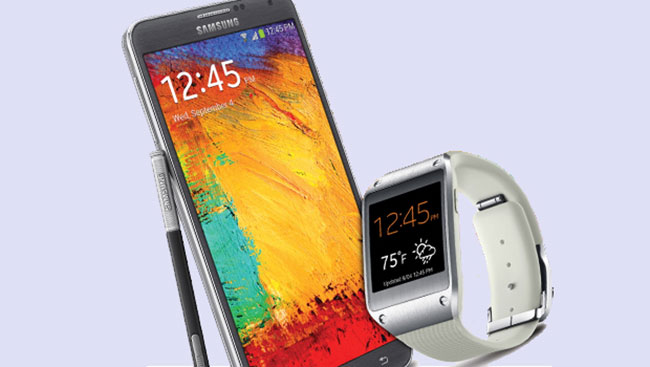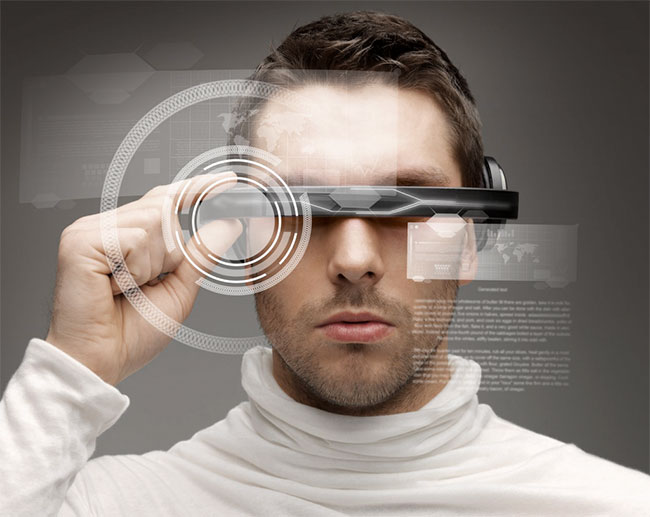From computers to smartphones and from smartphones to wearables, technology is continuously making it easy for the end consumers to manage their concerns more efficiently. At the same time, it is also challenging the skills and competencies of developers with a whole new and dynamic perspective.

The evolution of wearable technologies
Although technologists have been working on wearable solutions for quite a while, it is still a brand new concept for many people out there. In the recent few years, we have seen a number of developments in this category. Smart watches in this regard were the earliest to be seen. Pebble Steel is the biggest example we have in smart watch technology. On the other hand, world’s largest electronics manufacturer Samsung also contributed with its own invention, Samsung Galaxy Gear. However, such devices were not able to touch the cord and had to face a lot of negative reviews.
Experts and analysts are still predicting that the wearable technology will prevail in the coming years. This year’s Consumers’ Electronics Show (CES 2014) displayed a range of innovations in the segment of wearable technologies. The most notable among these was Google Glass. Following the largest technology event, this device was released for developers in February. The device is now out for consumers to provide a first time experience.
Just a month back, Sony uncovered its latest project, named Project Morpheus. The project is focused on a head-mounted video gaming device that is designed to provide a real time gaming experience. Similarly, Microsoft paid up to $150 million to buy wearable computing IP from Osterhout Design Group.

Application Development for Wearable Technologies
Reaching a breakthrough with innovative hardware is not enough to amuse the consumers. All they need is a diverse range of experiences in their head-, wrist- or foot-mounted device. This could only be achieved through creative software development. Manufacturers have covered their portion of responsibility by providing a platform that can be used to deliver customized and unique experiences. However, the rest of the contribution is to be made by the independent developers.
Developers have already realized the significance of wearables and consumer expectations associated with these devices. These developers can sniff great opportunities in the unoccupied segment of the market. According to Reuters, app developers see wearable devices as the next big thing.
To assist developers in this challenging route, tech giants like Google and Samsung have stepped forward with their tools and support. Samsung is offering a package of Tizen SDK for wearables and Samsung Mobile SDK. These software development kits will help programmers develop specialized apps for Samsung Galaxy Gear. Likewise, Google has made available the Glass Developer Kit (GDK), which is an add-on to the Android SDK. This development kit will let glass developers build Glassware that runs directly on Google Glass.
Innovative developers like Softeq apt to tie together the pieces of hardware, embedded software and front-facing user apps into unparalleled next-gen rapture are closely watching the prospects of application development for wearable devices, and desire to serve the customer needs in this future technology.
Wearable Technology: Inviting the Attention of Developers,


Nicholas
May 01. 2014
I still don’t find much usefulness of Google Glass, but wearable high tech watches are the next thing! I am looking forward to Moto 360, that’s the only smartwatch that looks appealing right now in term of design and specs.
Andie
May 05. 2014
I like and appreciate your blog article.Really getting excited about read more. Continue writing.
Khaiche
May 27. 2014
There is a rumor that the next Samsung smart watch will be able to call without being connected to a phone!